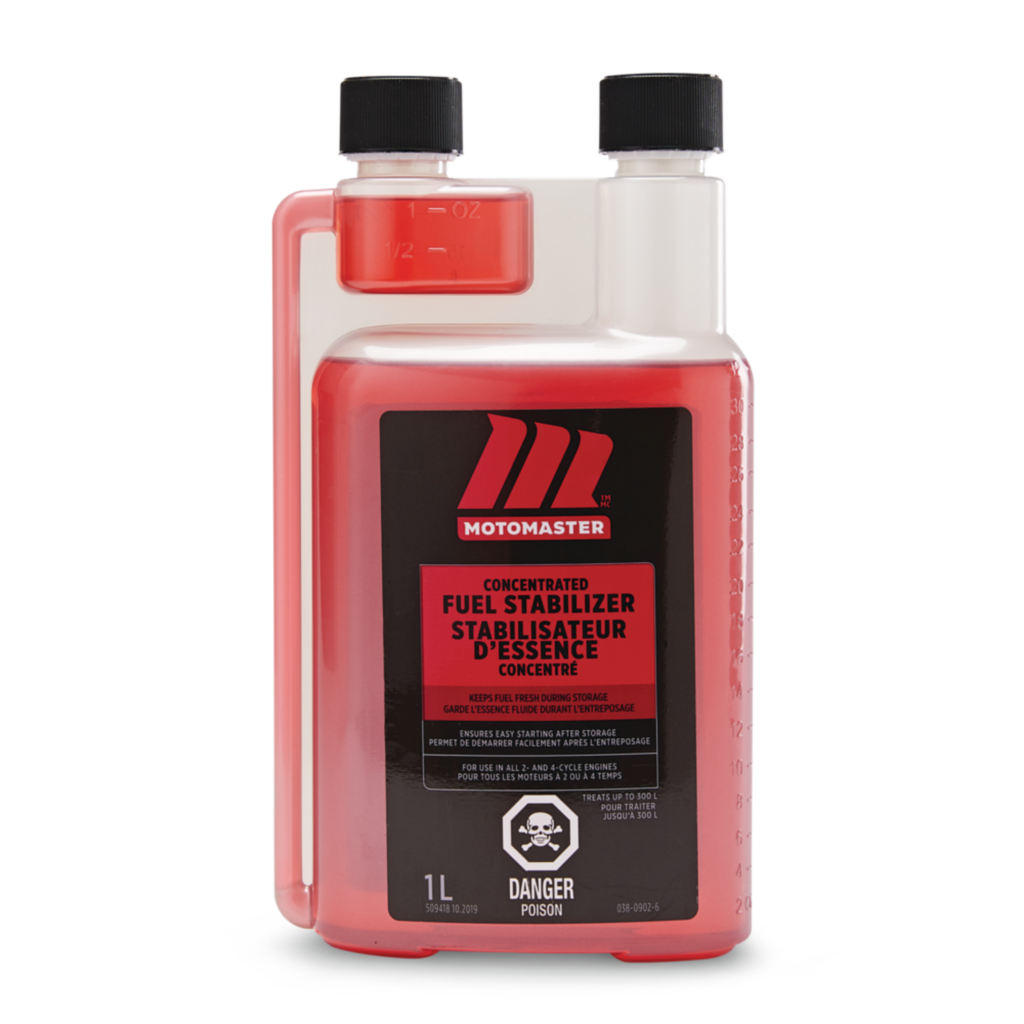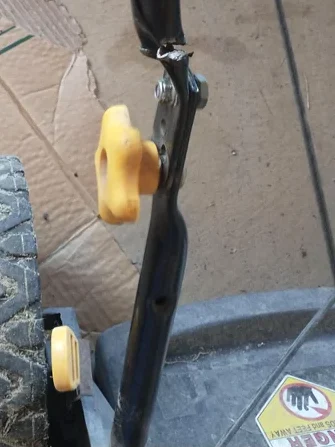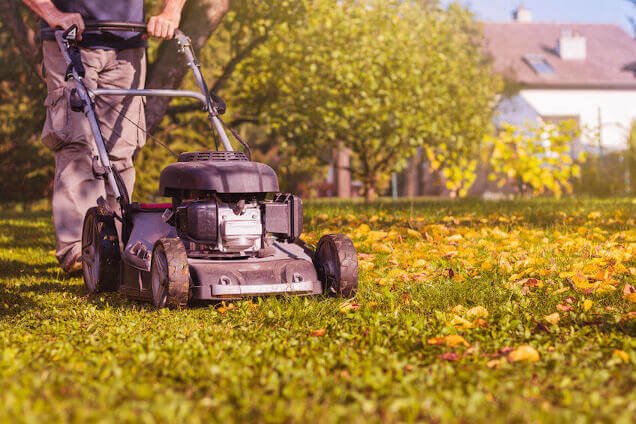Maintaining a lawn mower is essential for ensuring it runs at peak performance and prolongs its life. A well-maintained mower not only cuts your grass more efficiently, but it also reduces the likelihood of costly repairs in the future. In this article, we will cover the basic steps and tips necessary for keeping your lawn mower in tip top condition for years to come.
Key Takeaways: Follow Our Checklist
- Familiarize yourself with your specific lawn mower model and gather the right supplies you’ll need, such as oil, spark plugs, and air filters. Buying multiple of each is a good idea.
- Taking care o your lawn mower will have an impact on your lawn and will save you money in the long run.
- Regularly perform the maintenance tasks outlined in this article to ensure your lawn mower’s optimal performance and longevity.
- Following our checklist and advice is the best way to maintain your lawn mower.
Getting Started with Lawn Mower Maintenance
Understanding Your Lawn Mower: Refer To The Manual For Key Info
You’ll need understand some key information about your lawn mower that will help you take care of it. For instance, you’ll need to know the type of oil it requires, part numbers for replacements, etc. If you don’t have a manual to refer too, find the stamp or sticker on your mower. It should reveal a serial number and model name, this will allow you to find a manual for it online.
Routine Lawn Mower Upkeep Using Our Checklist
Mower Cleaning Procedure
One of best way to learn how to maintain a lawn mower is by keeping your mower clean and getting familiar with it. Your attention to detail goes a long way for your mowers longevity. After each use, brush off the grass clippings, dirt, and debris. For a thorough cleaning, place the mower on its side with the spark plug in the air and use a soft brush or cloth to reach tight spaces.
We recommend keeping your mower dry while cleaning it. We find wet cleaning causes rust when water gets into small gaps, and hard to reach places. We believe if a dry cleaning is done each time the mower is used, its much easier to do and it stops your mower form getting stiff components.
#1 Blade Sharpening Or Replacement

A sharp blade is necessary for a clean, efficient cut. We recommend checking the blade’s condition throughout the year. If you don’t know how to sharpen lawn mower blades yourself, we have a post dedicated to “How to Sharpen Lawn Mower Blades: A Simple Guide”.
#2 Run Your Mower Out Of Fuel Before Storing
After a mower has been sitting, the fuel can become stale and cause problems with your lawn mower. Before letting you mower sit for a long period of time (A month or more) make sure you allow your mower to burn all the fuel, leaving nothing in the tank.
#3 Mower Oil Change
Changing the oil is the most important thing you can do consistently to protect your lawn mower from lasting damage. We have a complete guide on changing the oil properly right here, visit “How To Change Lawn Mower Oil: Easy Oil Change Guide“
#4 Add New Fuel And Fuel Stabilizer

When refuelling, always use fresh gasoline. Adding a fuel stabilizer can also help extend the fuel’s shelf life and protect the engine. Fuel stabilizer is a chemical formula thats added to fuel to stop it from breaking down.
If your mower has any unused fuel laying inside the engine, running a fuel stabilizer through a fresh tank of fuel can help your engine flush out old fuel. It could be the difference between your mower not starting in the spring and starting after the first pull.
#5 Clean Or Replace The Spark Plug
First, inspect the spark plug to see if it’s dirty or degraded. In most cases, you’ll be able to clean it with a wire brush, but it in some cases it may need to be replaced.
#6 Cleaning The Air Filter
A clean air filter enhances engine performance and reduces fuel consumption. Check it regularly, on most mowers its super easy to pop off and inspect it. We have seen everything from evidence of mice to filters full of grass in our days of commercial lawn mowing.
#7 Checking And Adjusting Controls And Cables
Ensure all controls and cables are functioning smoothly. Adjust, lubricate, or replace parts as needed.
#8 Inspect Lower Arm Hinges

We have seen many mowers break at the hinges where the handles on both sides connects with a bolt to the body of the lawn mower, down by the wheels. This area receives a lot of stress be from being tugged on with lifting and turning the mower throughout the season. Sometimes those bolts need a quick half turn adjustment to keep everything snug.
If the arms are loss and not tightened, the arms can easily break, which will require welding or a new arm from a small engine repair shop.
#9 Lubricate Wheels And Moving Parts
Lubricating wheels and moving parts can prevent squeaking and wear, prolonging your mower’s life. Follow the manufacturer’s recommendations for grease and oil types.
By following our mower maintenance checklist, including oil changes, blade sharpening, and fuel care, you can ensure your lawn mower stays in optimal condition and offers a consistently clean, healthy cut for your lawn.
Important Lawn Mower Care Tips
Winterizing Your Mower Properly, Makes Spring A Whole Lot Easier!
As the winter season approaches, it’s time to properly winterize our lawn mower to ensure its longevity and optimal performance the following year. Prior to storing the mower for winter, we should:
- Empty the fuel tank: Either run the engine until it’s empty or use a siphon to remove any remaining fuel from the tank.
- Remove the spark plug: Disconnect the spark plug wire, then remove and clean the spark plug. Store it separately if possible.
- Clean the mower: Remove any grass and debris left from the last mowing session. Use a brush and soapy water, then rinse with a hose. Allow the mower to dry completely.
- Drain or change the oil: If our mower has a four-stroke engine, we should change the oil at least once a year. Tipping the mower over with the spark plug in the air will help drain the oil easily. Make sure the mower has been running for 5 minutes to warm up and thine the oil before draining it.
- Check and lubricate moving parts: Examine the mower’s moving parts and lubricate them as needed. This includes wheels, cables, and pulleys.
- Store the mower properly: Place it in a clean, dry area, protected from extreme temperatures and moisture.
Performing seasonal lawn mower care is crucial to extending the life and performance of our mower. By taking care of our mower, we’re also doing our part in taking care of our lawn.
Frequently Asked Questions
How frequently should a lawn mower be serviced to ensure optimal performance?
We recommend servicing your lawn mower at least once a season. If you use your mower frequently or have a large lawn, you may need to service it more often.
What is the recommended interval for changing oil in a lawn mower?
The interval for changing oil in a lawn mower varies depending on the model and usage. Generally, we suggest changing the oil at least once per mowing season or every 25-50 hours of operation. Check your mower’s user manual for specific recommendations for your model. Refer to our “How To Change Lawn Mower Oil: Easy Oil Change Guide” article to learn everything about lawn mower oil changes.
How Much Will It Cost For A Shop To Do This For Me?
The cost for professional lawn mower maintenance varies depending on where you live and the services you require. Basic servicing, including blade sharpening and oil change, can range from $80 to $120, plus the cost of new parts and labour. More complex repairs or maintenance tasks will likely cost more.
What Kind Of Maintenance And Upkeep Do Electric Lawn Mowers Require?
Electric lawn mower require much less maintenance than traditional gas lawn mowers. However electric mowers still require maintenance and some new cultural practice adjustments if you want to extend the life of these mowers because they are electric. We have a full guide on electric mower maintenance right here “How To Maintain Your Electric Lawn Mower“.


